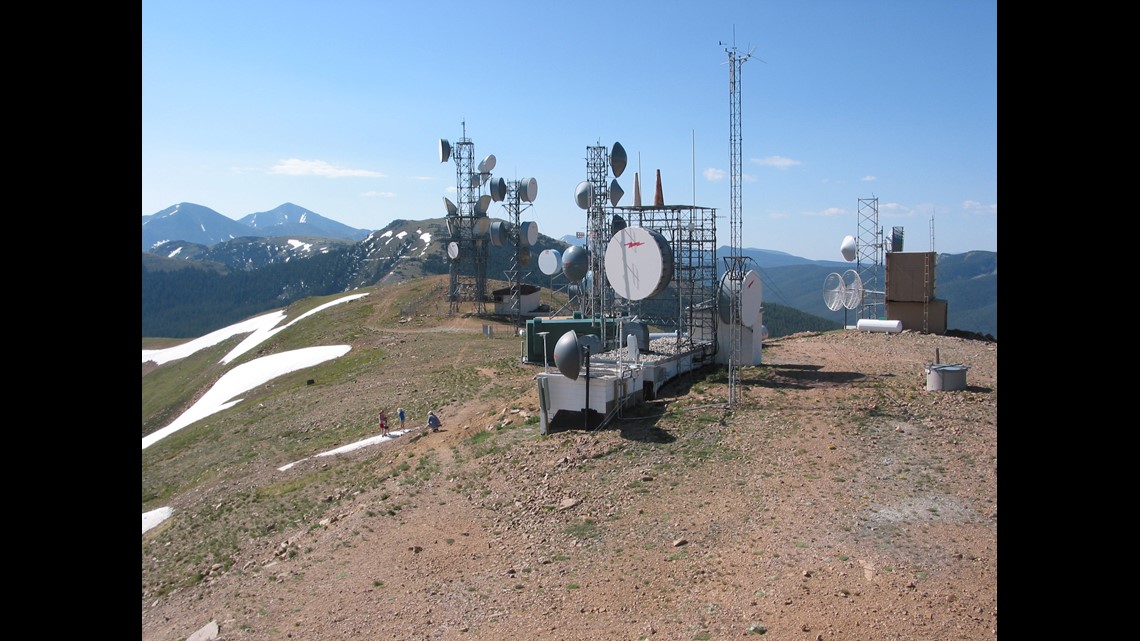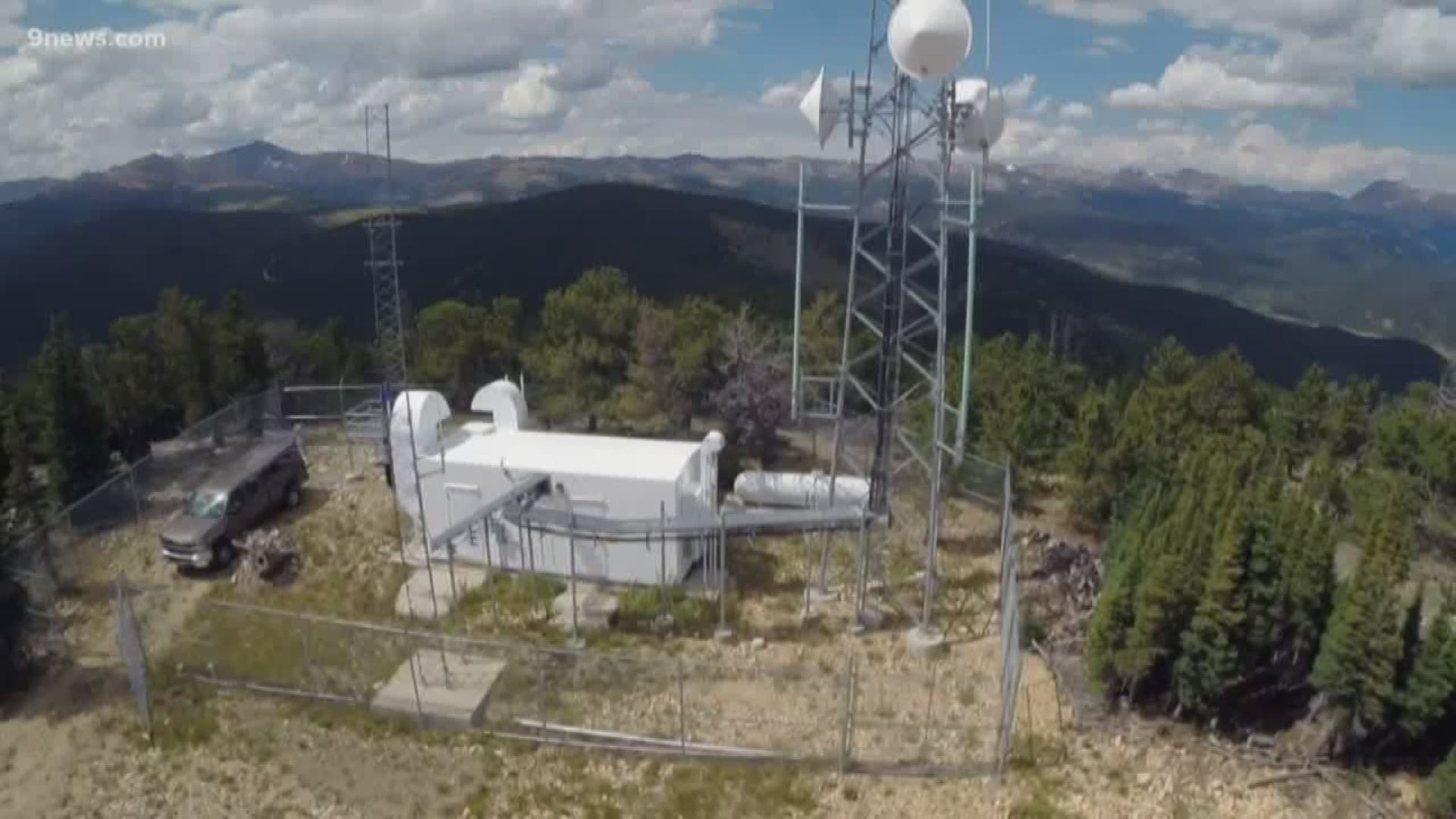COLORADO, USA — The Colorado Department of Transportation (CDOT) oversees the safety of commuters on mountain highways, as well as the air traffic thousands of feet above.
Stormy weather can impact both sectors. That's why its Aeronautics Division teamed up with the Federal Aviation Administration (FAA) to build 13 weather stations in the Colorado Rocky Mountains.
Those stations, called Automated Weather Observing Systems (AWOS), have served the aviation community for nearly 20 years – and now, cameras will be added to all 13 of those stations.
"They (AWOS) are really meant for our general aviation traffic, so those of us that fly from about 12,000 to 14,000 feet through the mountains," said David Ulane, CDOT’s aeronautics director.


He said the weather data that comes from those towers is critical to pilots looking to gain safe passage through the rapidly changing weather conditions in the mountains.
“Wind over a mountain operates just like water over a river, and you can imagine how that makes it very turbulent and very challenging sometimes,” Ulane said.
The stations are able to paint a weather picture by showing pilots things like wind speed and direction, air pressure, humidity, and temperature. But the new addition to those AWOS towers will really open some eyes.
“It’s one of the things that our pilots have asked for repeatedly for years," Ulane said. "It sure would be great to be able to actually see what’s going on up there in real-time.”


This year, CDOT will be installing new cameras on all 13 of its AWOS stations. A project modeled after the state of Alaska, which is the only state with this capability.
“The FAA just decided for the first time to expand this network outside of Alaska, and so we were very happy to step up and become the first state in the lower 48 to add cameras to that system,” Ulane said.
CDOT is again partnering with the FAA on the installation, and Ulane said they’ll be paying for the cameras using money from a jet-fuel tax that they collect at 74 public-use airports in Colorado.
CDOT hopes to have all the cameras installed by the end of this summer, and they will not only be available to pilots but free for anyone to view on the FAA camera network website.
SUGGESTED VIDEOS: Science is Cool

